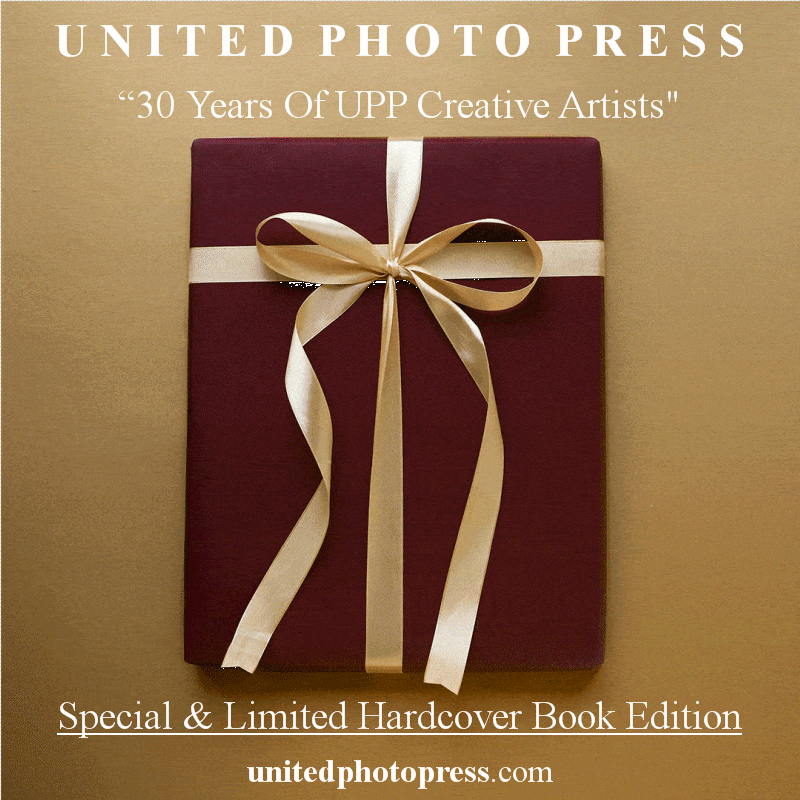Aleksander Mikhailovich Rodchenko (Russian: Алекса́ндр Миха́йлович Ро́дченко; 5 December [O.S. 23 November] 1891 – 3 December 1956) was a Russian artist, sculptor, photographer and Graphic Designer. He was one of the founders of constructivism and Russian design; he was married to the artist Varvara Stepanova.
Rodchenko was one of the most versatile constructivist and productivist artists to emerge after the Russian Revolution. He worked as a painter and graphic designer before turning to photomontage and photography. His photography was socially engaged, formally innovative, and opposed to a painterly aesthetic. Concerned with the need for analytical-documentary photo series, he often shot his subjects from odd angles—usually high above or down below—to shock the viewer and to postpone recognition. He wrote: "One has to take several different shots of a subject, from different points of view and in different situations, as if one examined it in the round rather than looked through the same key-hole again and again."
Psychologism, unusual angles, oblique cuts and geometric clicks are some of the features of the art of Aleksandr Ródtchenko, one of the pioneers of Soviet photography.
Ródtchenko was close to the main artists of the Russian avant-garde and photographed many of them: Vladímir Maiakóvski, Vladímir Tátlin, Kazimír Malévitch. The images of a famous polyamorous union of three exceptional creators are also yours: Maiakóvski, his muse Lília (Lili) Brik and her husband Óssip Brik.
It was thanks to the images of Ródtchenko that many Russians formed the image of the new country of the Soviets. It was through his images that the Soviets discovered what the houses and streets should look like and how the men and women of the USSR should live, work and rest.
Many of this photographer's works are dedicated to creating idyllic images of the life of the new country. Ródtchenko photographed the “pioneers” (a movement similar to that of American Scouts in the USSR), athletes and members of Komsomol (the communist youth).
Hired by the State, Ródchenko photographed the construction works for the Mar Branco-Baltic canal, built by the inmates of the gulags. Although difficult, due to the working conditions of the prisoners, the work was done. Ródtchenko was impressed: "I had never seen, anywhere, how work for the Soviet state could extraordinarily correct those who until yesterday were its enemies".
In addition to the avant-garde artist Varvára Stepánova, Ródtchenko had an affair with Evguênia Lemberg, his muse. This is one of the last photos taken by Ródtchenko before his tragic death in a train accident. The photo was sold by Christie's for $ 519,000.
Authorities hoped that artists would refine the concept of "healthy mind, healthy body". The aesthetics of the athletic body, moreover, is important in all totalitarian regimes (just remember, for example, the two-part documentary on the 1936 Berlin Olympics, "Olympia", by Hitler's favorite director, Leni Riefenstahl) .
Sports shows, athletes or just "morning gymnastics" sessions represent the triumph of socialist realism in Ródtchenko's work. As a creative person he was, the style soon became unbearable for him: "Soon there will be the 30th anniversary of Soviet power, and so far nothing. Everything makes life worse and more boring," he wrote. After the war, he completely refused to take similar pictures and devoted himself mainly to painting.





